Crystallization
The crystallization of alloys results often in a solid-liquid region. It can be a so-called mushy zone where a network of solid structures grows in an interstitial liquid. It has sometimes been compared to a forest of trees and branches, the dendrites. The chemical composition of the liquid is depth-dependent, and so is the equilibrium solid-liquid temperature. The small size of the dendrites adapts so that chemical exchanges between solid and liquid phases can take place: those exchanges are necessary as the equilibrium composition is not identical in both phases (fractionation). A schematic view, and images, of a mushy zone are shown below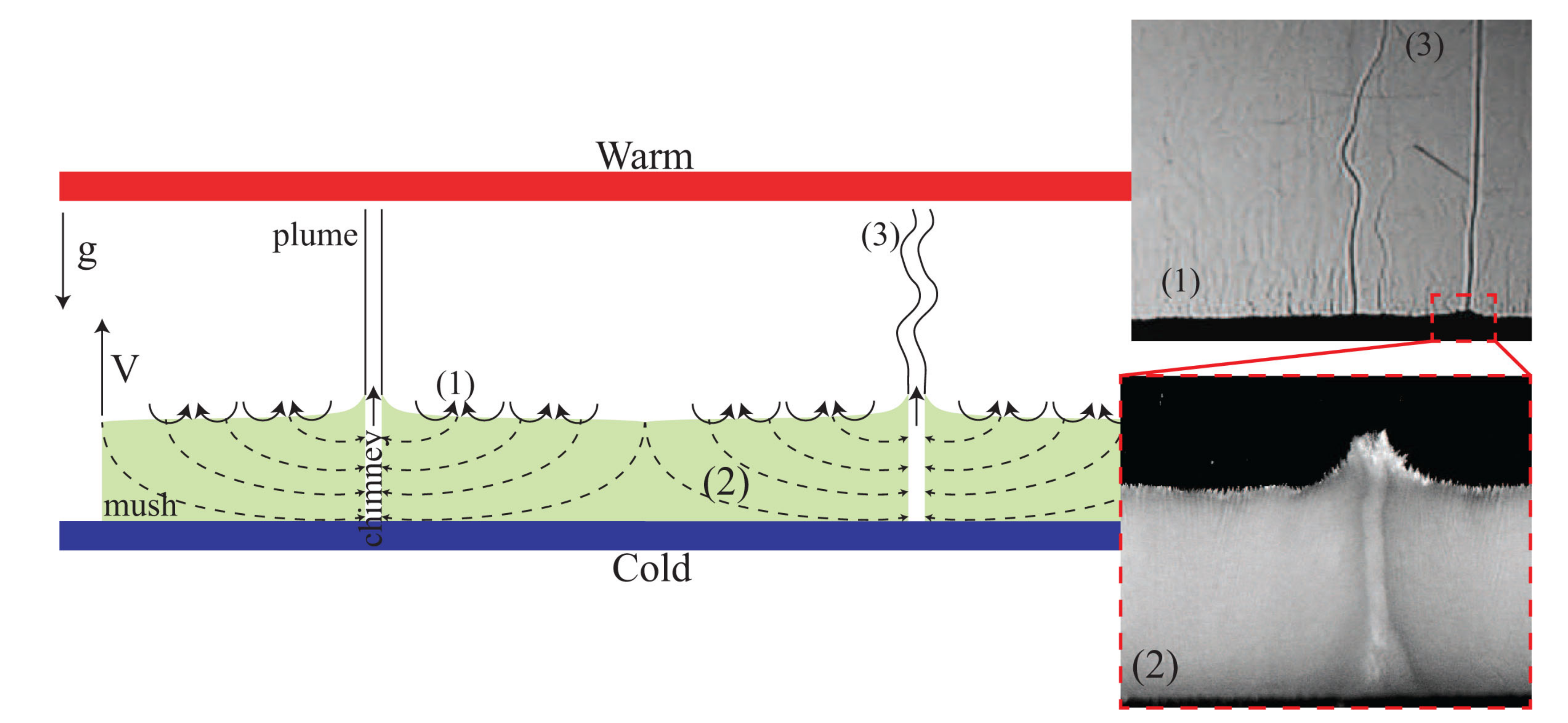
Crystallization experiments were run, within the PhD project of Ludovic Huguet and with colleagues from Lyon (Stéphane Labrosse, Renaud Deguen who then moved to Grenoble and master students Thomas Le Reun and Germain Lesoeur) and the USA (Mike Bergman). We have put the experiment in a centrifuge rotor to increase apparent gravity. A comparison is made with results from the literature obtained for gravity levels lower than the usual gravity.
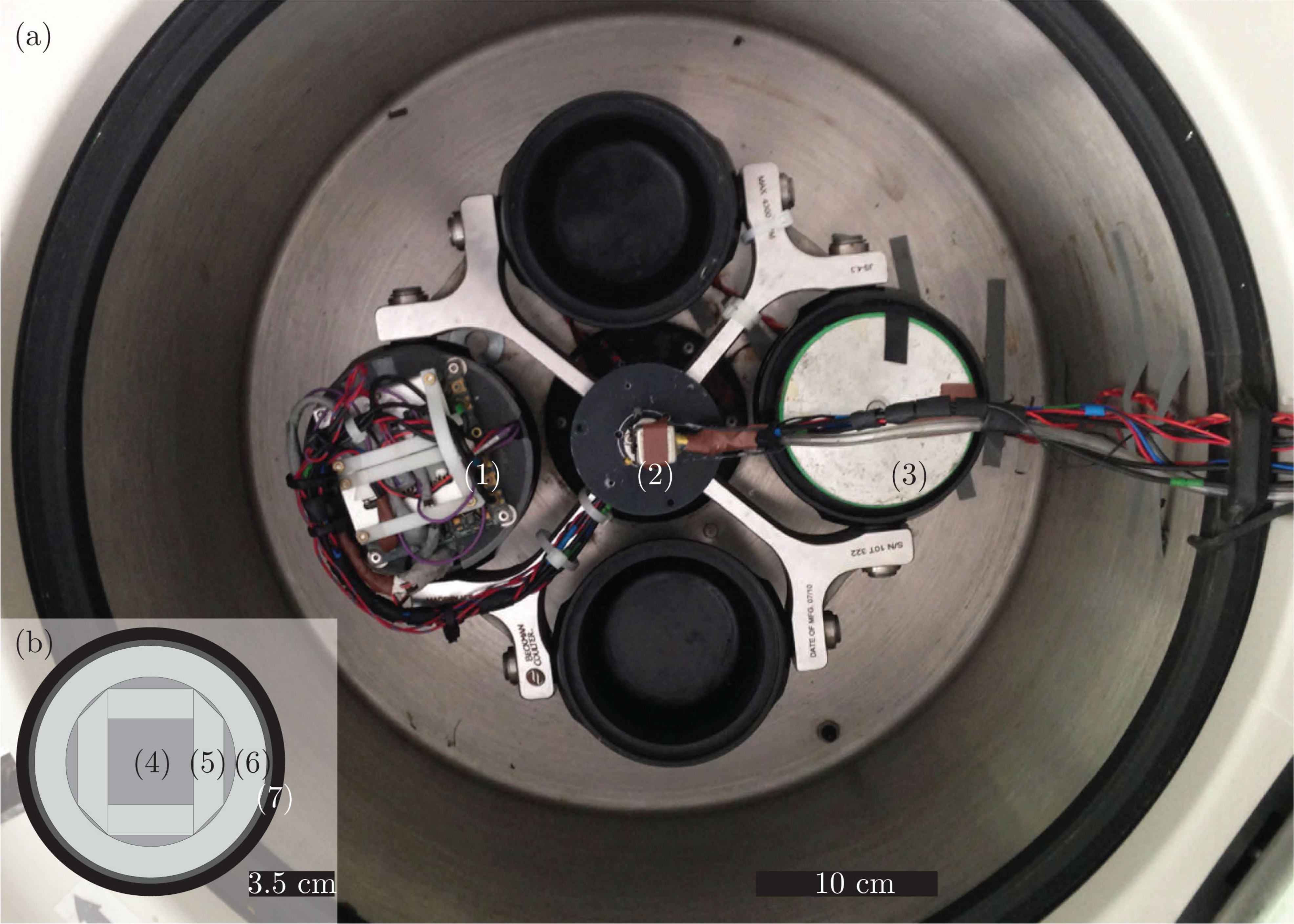
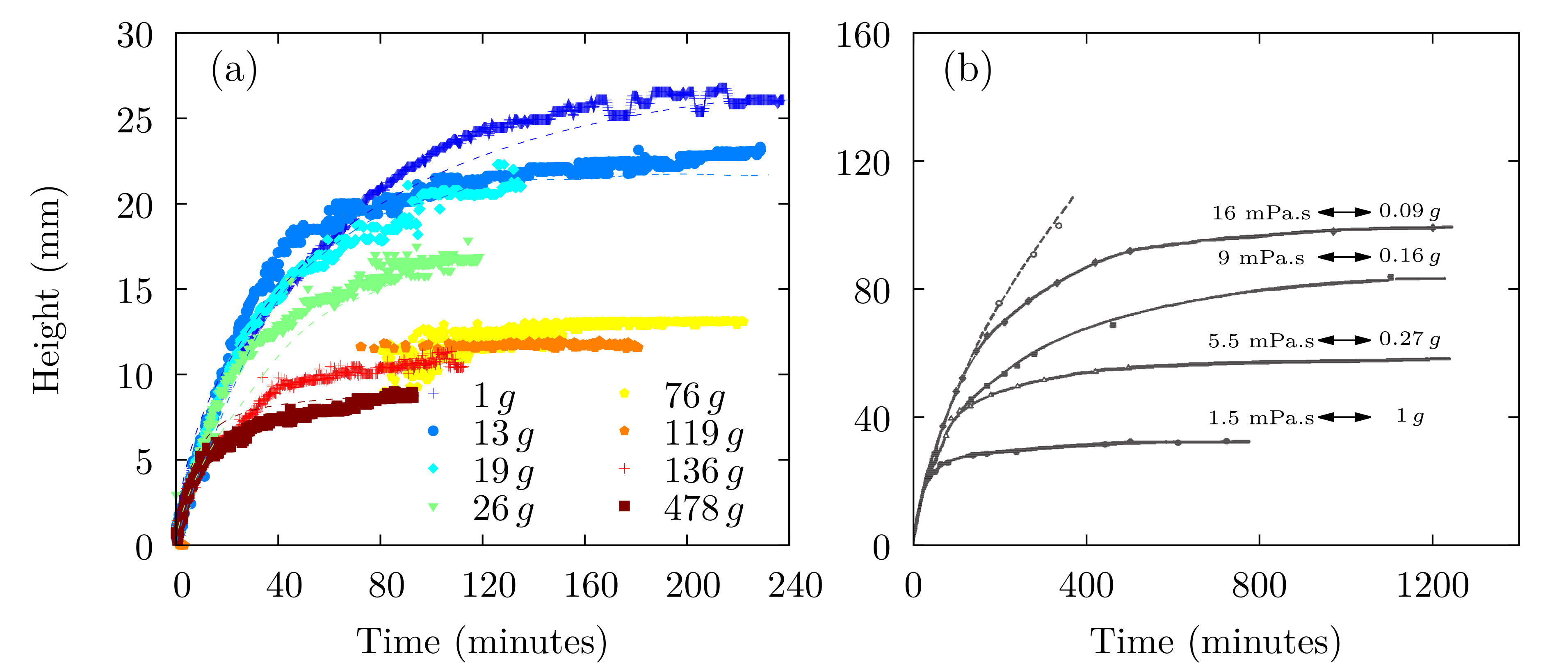
Interface conditions
When the details of the crystallization zone are ignored, it is possible to derive global interface conditions at the expense of some assumptions. With Renaud Deguen, I had first developed this kind of model to explain the East-West asymmetry of the Earth inner core PDF, PDF and PDF.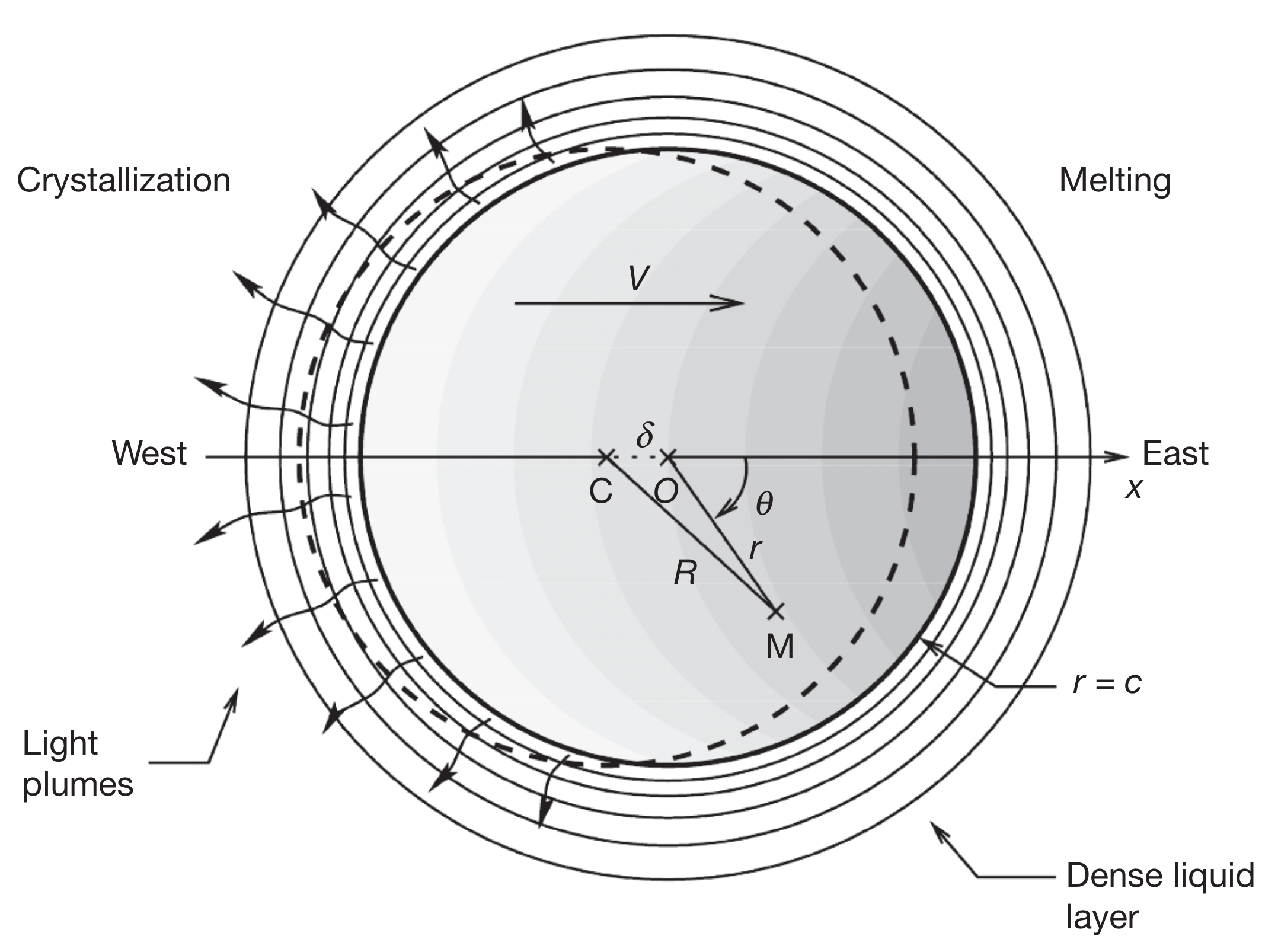
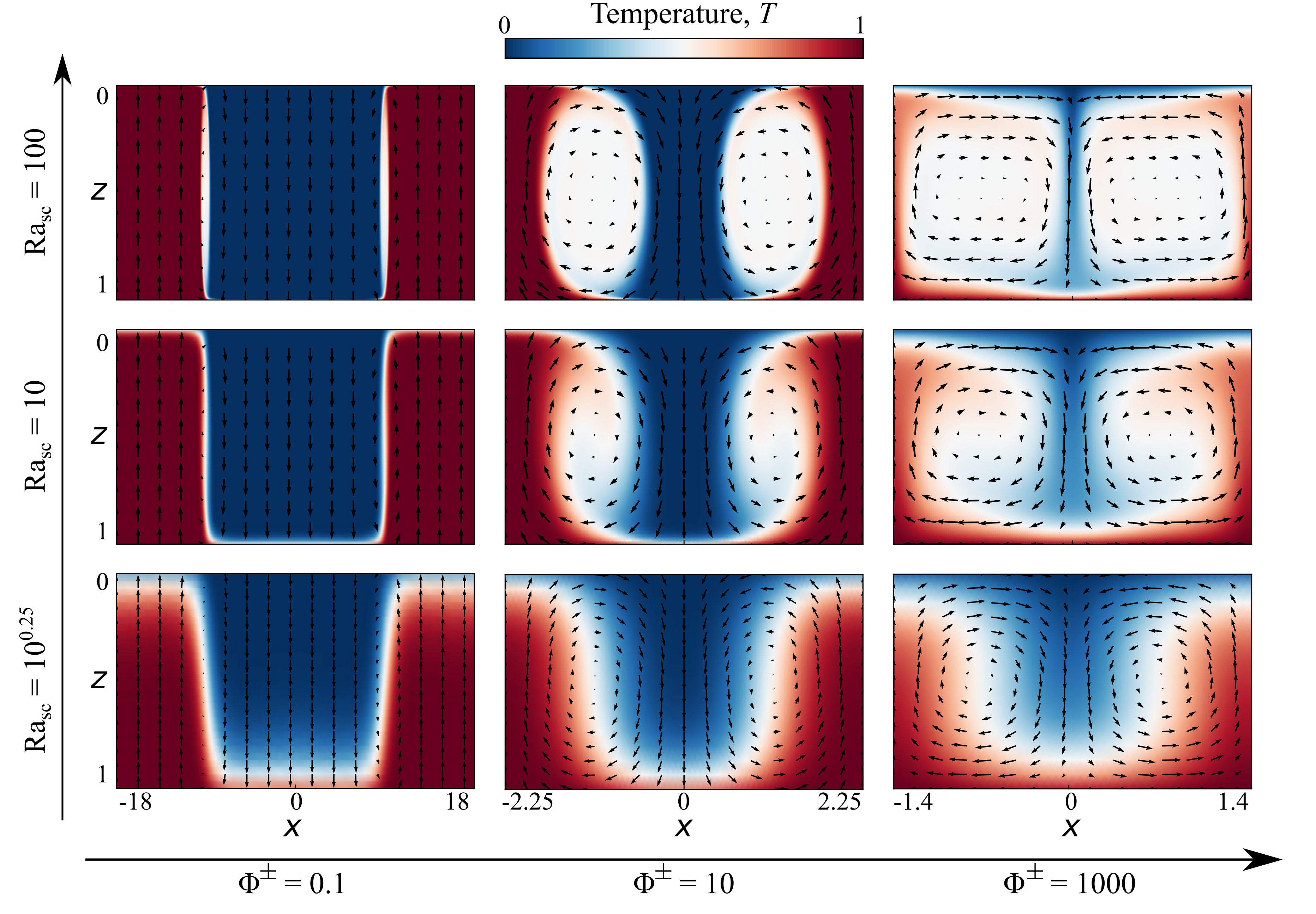

Adrar, Mauritania
